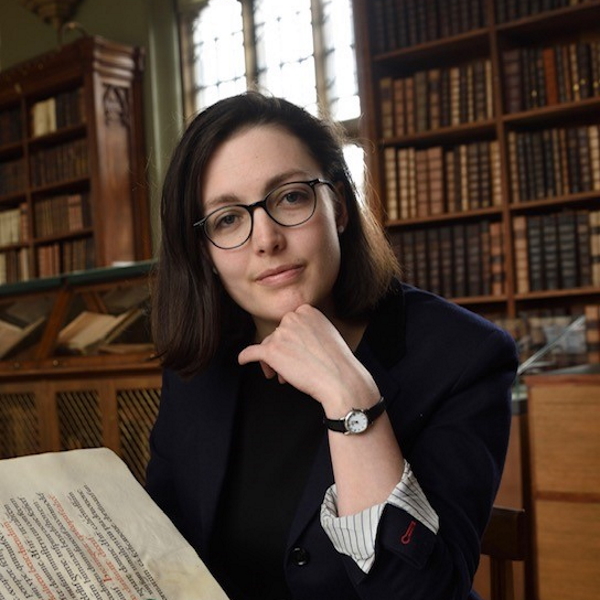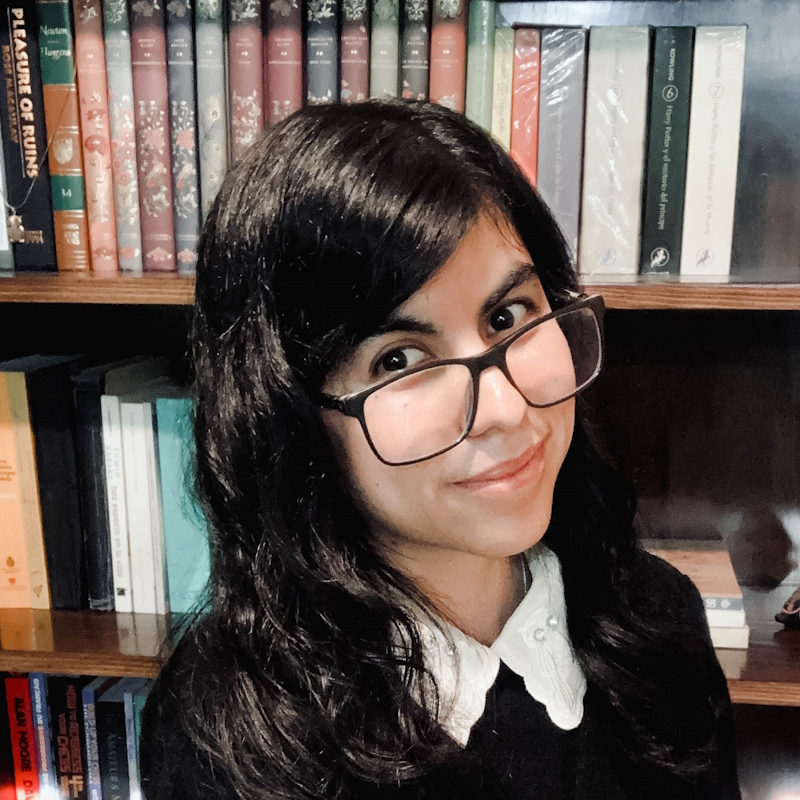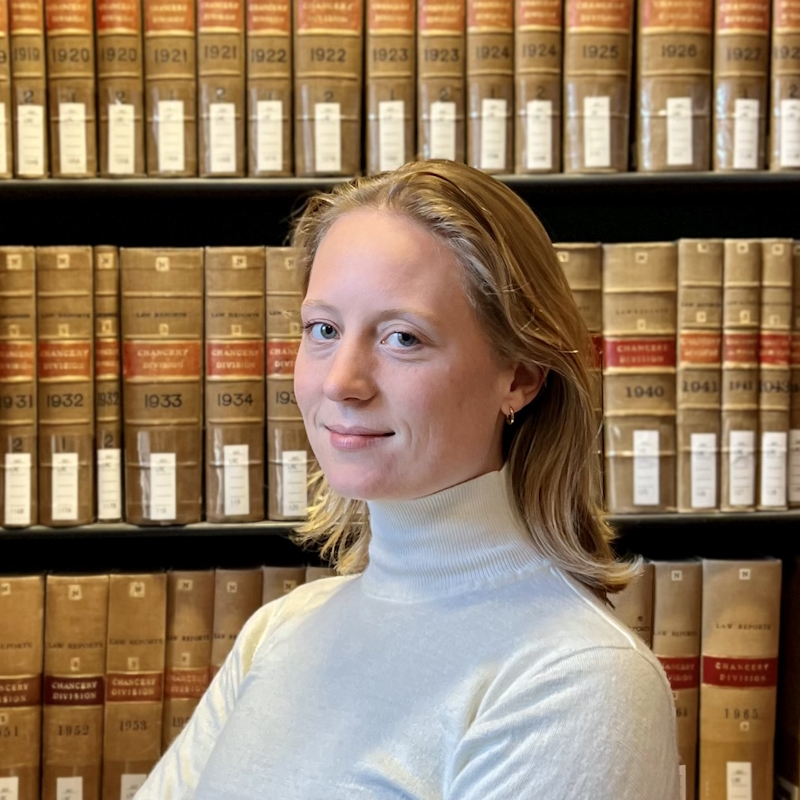Anne McLaughlin finds wine experts, amateur magicians, chess masters and ichthyologists among the authors of scientific papers submitted to the Royal Society.

Last week saw the formal induction of new Fellows into the Royal Society, the culmination of our annual election process. Each of the 80 newly-elected scientists signed the Charter Book, in which (almost) all the Fellows of the Royal Society have left their mark. Elected due to their extraordinary contributions to the advancement of human understanding, they are most often remembered for the ways in which they have changed their respective disciplines, from anatomy to zoology, botany to x-ray crystallography, chemistry to particle physics and everything in between.
Beyond the Fellows, there are innumerable scientists who have submitted reports, letters and papers for publication in the Royal Society’s journals for the past 358 years. Beginning in the 1830s, anything that was sent for publication went through the peer review process, in which the paper was scrutinised and then either recommended for publication, sent back with suggestions for rewriting or reformatting, or simply rejected.
As part of Science in the Making we’ve made these peer reviews public, allowing anyone to read the thoughts of eminent Fellows of the Royal Society on the works submitted for their consideration. Although the reports about a single paper are grouped together on the platform, they are rarely linked to the paper that’s being considered or the author of the paper itself. In order to create such links, I recently embarked on the process of adding authorial data to each of these records, a process which involves identifying the author (often recorded using only their initials) and researching their dates of birth and death together with the scientific fields in which they worked. Given that more than 2500 authors are recorded in the Referees’ Reports, I’ve certainly had my work cut out – and I’ve read more than a few obituaries in recent weeks!
Many of our authors have been fondly remembered by colleagues, and while their contributions to science are always cited, it is their lives and interests outside of the lab or office that I found most intriguing. I’ve found wine experts, amateur magicians, world-class chess masters and devoted ichthyologists, and have picked out a few favourites below, though I’m sure many more are waiting as I continue to make my way through the list!
Fascinated by fish
Harold Muir Evans (1866-1947) was trained as a surgeon and served in the Royal Army Medical Corps in World War I. A chance encounter with a pair of patients, both fatally wounded by fish, sparked his interest in the subject, resulting in six articles about fish anatomy being reviewed and published by the Royal Society. He never submitted a paper based upon his surgical work.
Basanta Kumar Das (1895-1957) developed an interest in air-breathing fishes during his doctoral studies at the University of London. Internationally renowned as a zoologist, he was heavily involved with the planning of the Hyderabad Zoo, in addition to serving as Director of the Indian Department of Fisheries from 1953 until his death.
Brahmananda Srinivasachar Bhimachar (1906-1979) was a colleague of BK Das, serving as the regional director of several fisheries, culminating in his appointment as Director of the Central Inland Fisheries Research Institute (1954-1966). He submitted a pair of papers for review by the Royal Society, the first of which led the reviewer to remark that one of the fish ‘might well be omitted all together’.
Snakes and ladders?
Lieutenant-Colonel Robert Henry Elliot [PDF] (1864-1936), like Harold Muir Evans, was trained as a surgeon. During his time in India he developed an interest in ophthalmology, leading him to become one of the most prolific authors in his time on the subject, especially with regard to sclero-corneal trephining for the treatment of glaucoma. Also like Evans, none of the three papers he submitted to the Royal Society were in any way related to his surgical innovations, but instead focused solely on (venomous) snakes. He was also known as a ‘first-class amateur conjurer’, having written to Nature [PDF] in his capacity as Chairman of the Occult Committee of the Magic Circle in order to call into question the veracity of the Indian Rope Trick and ‘the Eastern magician’.
Drinking games
 Emanuel Lasker (Bundesarchiv, Bild 102-14194 / CC-BY-SA 3.0, CC BY-SA 3.0 DE via Wikimedia Commons)
Emanuel Lasker (Bundesarchiv, Bild 102-14194 / CC-BY-SA 3.0, CC BY-SA 3.0 DE via Wikimedia Commons)
Emanuel Lasker (1868-1941) submitted his doctoral thesis for publication in 1900, and received a range of suggestions from the three mathematicians who reviewed his work. Though Lasker’s contribution to mathematics is significant, he is more famous for the 27 years he spent as World Chess Champion from 1894 to 1921. Towards the end of his life, the rise of the Nazis and his family’s flight to the UK and then to the US saw him turn once again to chess, though this time as a way to restore his dwindling finances.
 Joseph James Forrester (public domain via the Wellcome Collection)
Joseph James Forrester (public domain via the Wellcome Collection)
Joseph James Forrester [PDF] (1809-1861) was a wine merchant and exporter, primarily from the Douro region in Portugal, which he meticulously mapped and photographed throughout his career. His submission to the Royal Society proposed a treatment for powdery mildew, a vine disease endemic in the region. As proof of his treatment method he induced farmers to allow him to treat their vines free of charge – as long as he took home half of the profit. Judged fit for publication in the Proceedings, the draft of his paper is preserved as AP/36/14 and includes his original watercolours depicting the progression of the disease.
Visible women
One might make the assumption that women had little to do with the Royal Society prior to the election of the first women Fellows in 1945. However, within the Science in the Making corpus, women can be seen taking an active role in scientific discovery, principally in the Referees’ Reports.
Katherine Darwin (née Pember, 1901-1986) is most frequently mentioned in conjunction with her husband, Charles Galton Darwin FRS; however, she was a mathematician and a Fellow of the Royal Astronomical Society in her own right. Not only did she submit a paper to the Royal Society for publication, but also, according to a recent biography, she met her husband at a Royal Society function, and they announced their engagement a mere five days afterwards.
 Elizabeth Dale in 1892 (Sedgwick Museum SGWC 02/02/11, cc.nc.by licence)
Elizabeth Dale in 1892 (Sedgwick Museum SGWC 02/02/11, cc.nc.by licence)
Elizabeth Dale (1868-1936) was elected to the Sedgwick Club, a student society focused on the study of geology, in 1897, one year after the first female members. She later focused on botany, working in the Balfour Laboratory, a hub for female scientists at the University of Cambridge, and then the Cambridge Botanical Laboratory. Both of the papers she submitted to the Royal Society were recommended for publication in the Philosophical Transactions, with one reviewer stating that it ought to be published ‘In full … no modifications are desirable, except the additional illustrations’.







